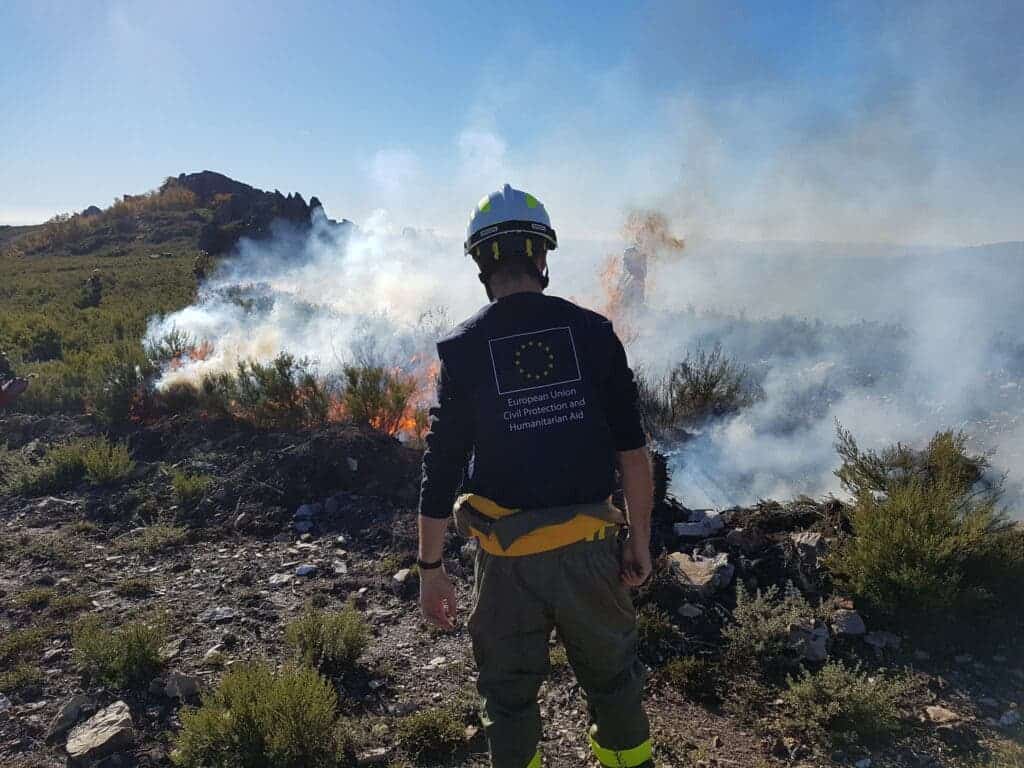Rising temperatures and a decrease in atmospheric humidity are driving extreme weather around the world, especially wildfires, according to a new study. Researchers looked at global fire weather trends from 1979 to 2020 and found that the world’s eight most severe wildfire weather years on record happened in the last decade.

Humans influence wildfires in several ways. While human activities such as discarding lit cigarettes and lighting campfires can be responsible for starting the fires, hotter weather also makes forests drier and susceptible to burning. This happens because growing temperatures evaporate more moisture from the ground, then dry the soil and make vegetation more flammable.
Globally, average temperatures have already increased by 1.1ºC, and the way things going now (without ambitious climate action), temperatures will rise even more. This leads to more extreme weather events, such as drought and heatwaves, which can exacerbate. In the US alone, 18 wildfire events between 1980 and 2020 have caused over $1 billion in damage.
To make matters even worse, this increase in temperature is not uniform — and some areas are seeing much stronger heating than others. But wildfires also have a negative impact on the Earth’s climate. Forests concentrate large amounts of carbon, which is immediately released into the atmosphere when they burn. In turn, this contributes to the climate crisis. After burning, carbon continues to be released via decomposition.
The more researchers look at wildfires, the clearer the link between climate and wildfires becomes — and it doesn’t take much to stoke the fires.
“Extreme conditions drive the world’s fire activity,” said in a statement former wildfire expert Michael Flannigan, who conducted the new research with study lead Piyush Jain, scientists at Natural Resources Canada and Sean Coogan, postdoctoral fellow. “For example, in Canada, just three per cent of fires are responsible for 97% of the area burned.”
Exploring wildfires
The researchers explored fire weather trends from the last 40 years, using fire weather indexes to estimate fire intensity, the rate of fire spread, and changes in vapor pressure and humidity. The findings linked higher global temperatures and a decrease in humidity with the possibility of extreme fire events happening more often.
Wildfires are now expected to spread to new areas and burn more intensely than ever before if the climate change trends continue as now, the study showed. The researchers found that more than 75% of the increase in fire spread and severity was driven by a drop in humidity. Increases in extreme weather have also been a significant driver of wildfires.
Half of Earth’s burnable landmass has seen increases in extreme weather, which can then trigger forest fires, Flannigan said. “It’s not a big surprise, but with climate change, we expect warmer conditions to continue and this trend to continue, expand and get worse,” he added, with examples from British Columbia included in the study.
The researchers argued that even if global warming is addressed with stronger action now, the wildfire threat would still be there for decades around the world. With this in mind, they called communities to be prepared. “We’re on this path of a new reality. It’s not normal because there’s nothing normal about what’s going on,” Flanningan said.
The study was published in the journal Nature Climate Change.


